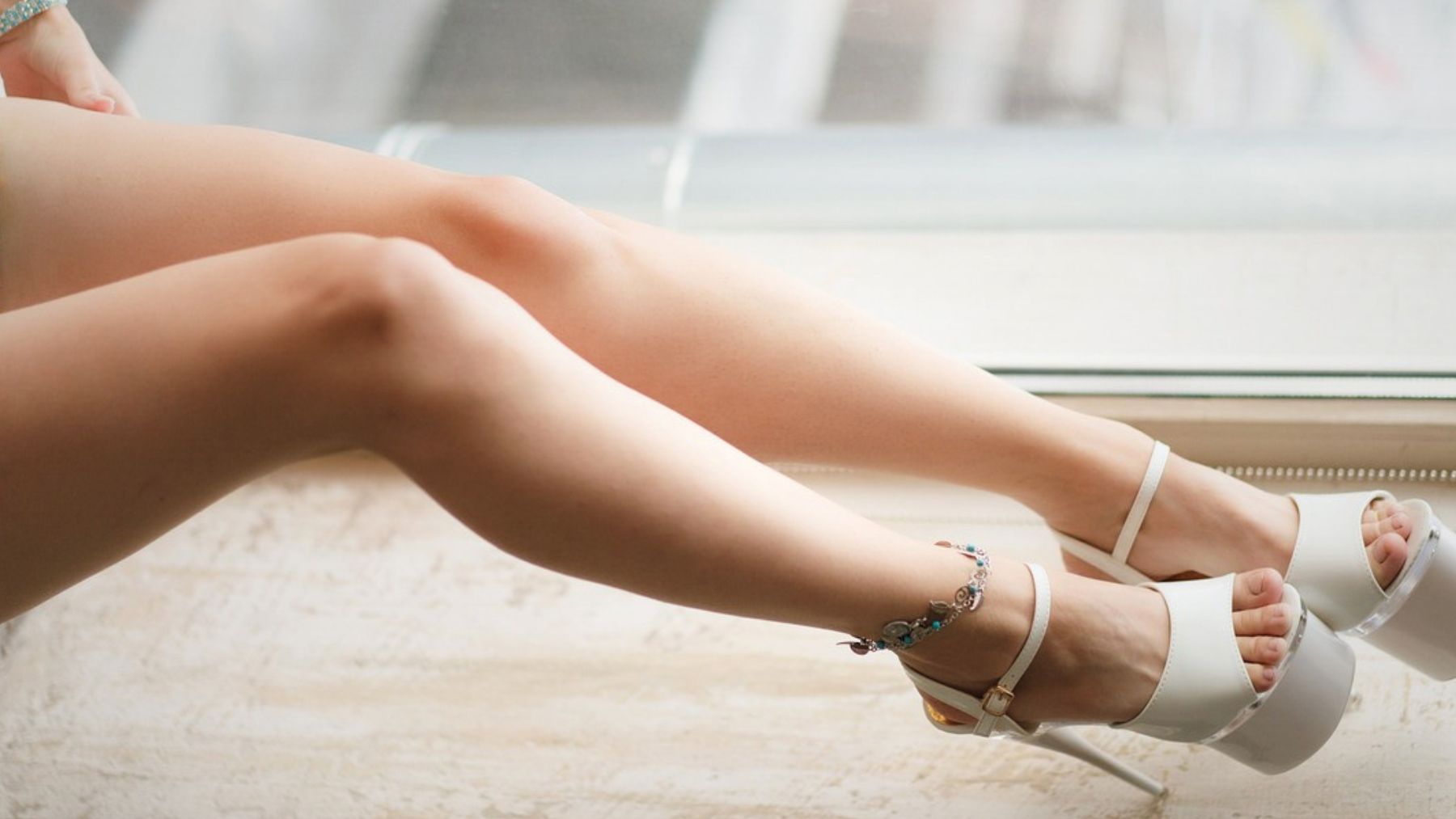Shaving with a razor is one of the most widely used hair removal methods. It’s often the first choice for many, thanks to its affordability, ease of use, and accessibility. However, the debate around its effects remains polarizing, with some questioning its impact on hair growth and skin health.
According to Silvia Giralt, founder of a renowned aesthetics center, shaving can be a reliable and effective method when done correctly. With proper tools and techniques, it’s a quick solution that can leave the skin feeling smooth and irritation-free. Yet, like any beauty routine, it has its risks and benefits that are worth exploring. Let’s get to it.
Pros of shaving with a razor
Shaving is one of the quickest methods of hair removal. Razors are widely available and come at various price points, making them accessible to most people. Unlike waxing or laser hair removal, it doesn’t require professional or specialized equipment. Besides, instead of pulling hair out from the root, shaving simply cuts the hair at the surface, making it a painless process when done correctly.
When paired with proper shaving products like lubricating gels or mousses, razors can leave the skin feeling soft and smooth. Some advanced razors even include moisturizing bands with aloe vera or jojoba oil. Shaving can also complement other hair removal methods, such as laser treatments, by preparing the skin and hair for the process. It ensures the laser targets hair follicles without interference from surface hair.
Cons of shaving with a razor
One of the biggest drawbacks is that shaving only removes hair at the surface level, which means regrowth happens quickly, often within a day or two. For those seeking longer-lasting smoothness, it might feel inconvenient. Improper technique or using a dull razor can also lead to nicks, cuts, and irritation. Sensitive skin types are especially prone to redness and discomfort after shaving.
Another disadvantage is that it can cause hair to grow back inwards, leading to painful and unsightly ingrown hairs. This is particularly common for individuals with curly or coarse hair. In addition, razors require regular maintenance to remain effective. Old or dull blades can harbor bacteria, increasing the risk of infections like folliculitis. Experts recommend replacing the blade after 5-10 uses and keeping it dry to prevent rust or contamination.
Tips for safe and effective shaving
To maximize the benefits and minimize the risks, experts like Giralt suggest a step-by-step routine:
- Prep the skin: Shower with warm water to open up pores and soften the hair. Use a gentle exfoliant to remove dead skin cells and reduce the risk of ingrown hairs.
- Use the right tools: Opt for razors with multiple blades, ergonomic handles, and lubricating strips. A high-quality razor reduces the need for multiple passes, minimizing irritation.
- Shave with the grain: Always shave in the direction of hair growth to avoid cuts and reduce friction on the skin.
- Hydrate and soothe: After shaving, apply a calming moisturizer with ingredients like aloe vera or vitamin E. This helps restore the skin’s barrier and prevents dryness.
By investing in quality tools, following a proper routine, and caring for your skin post-shave, you can enjoy smooth, irritation-free results. For those with sensitive skin or prone to ingrown hairs, exploring alternative methods or consulting with a dermatologist might be worth considering. The best approach will be the one that aligns best with your skin type and preferences.
